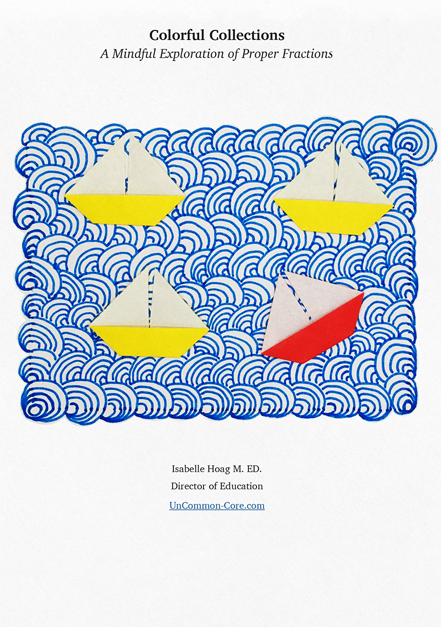
Measuring is more than an essential math skill.
Measuring lengths, areas, spaces, and time among other things is part of our daily life. We frequently measure in order to:
- get places on time
- prepare tasty meals
- create amazing craft projects
- add soap to the dishwasher or washing machine
- track progress in sports, academics, or business
- monitor our health
- calculate the unit price when shopping
Adults have internalized common units of measure.
We may not know the exact relationship between inches and centimeters, but most adults understand which is longer. We have developed an intuitive understanding of various measurements we use frequently:
- 5 minutes
- ½ a cup
- 1 tablespoon
- a yard of fabric
- a liter
- a gallon
- ⅓ of the way down from the top
- 55 miles per hour
- 70 beats per minute
- 60 degrees Fahrenheit
- 90 degrees of a circle
Understanding measurements is developed over time.
After years of measuring, adults have a pretty good understanding of common measurements. Adults often rely on our innate measurement skills to help us calculate new information.
- Sale on ground beef? How much is needed to double or triple our favorite recipe?
- Spot a fantastic remnant on sale? Is there enough fabric for a tablecloth?
- Pulling into a gas station? Do you have enough cash to fill your tank or should you charge it?
We are so used to using measurements to help us figure out what we want to know, that we sometimes forget what it was like before we knew how to measure accurately.
Students have to learn how to measure before they can measure to learn.
Before students can use length, area, duration, or volume to model fractions, they have to know exactly how to measure length, area, duration and volume in different circumstances and with different units of measure.
Share This Story, Choose Your Platform!
Download Colorful Collections:
A Mindful Exploration of Proper Fractions
Help your students make sense of fractions.
I started teaching in 1987, which means I’ve collected many tips and tricks along the way. In this ebook, I share concepts, strategies, and classroom materials to help you make math sticky.
Along with this useful ebook, you will receive weekly emails from StickyMath@UnCommon-Core.com. I send information like: teacher tips, educational ideas, book reviews, curated lists, reviews of educational sites, and free first drafts of products that I’m creating for my TPT store. That way, you get helpful ideas and free stuff, while I get some feedback before I finalize products and put them up for sale.
I value your privacy. I will never sell your information. You may unsubscribe at any time.
All the best!
Isabelle
Isabelle Hoag M. Ed.

